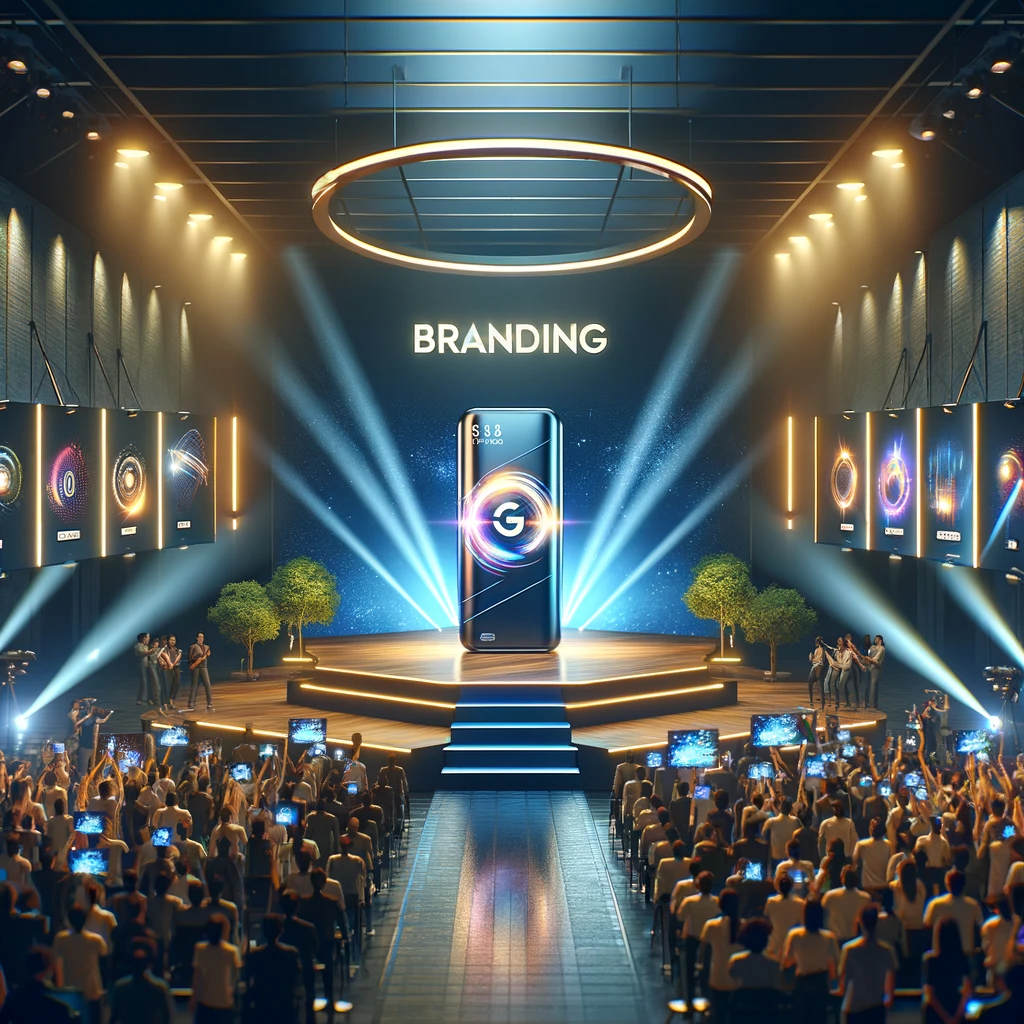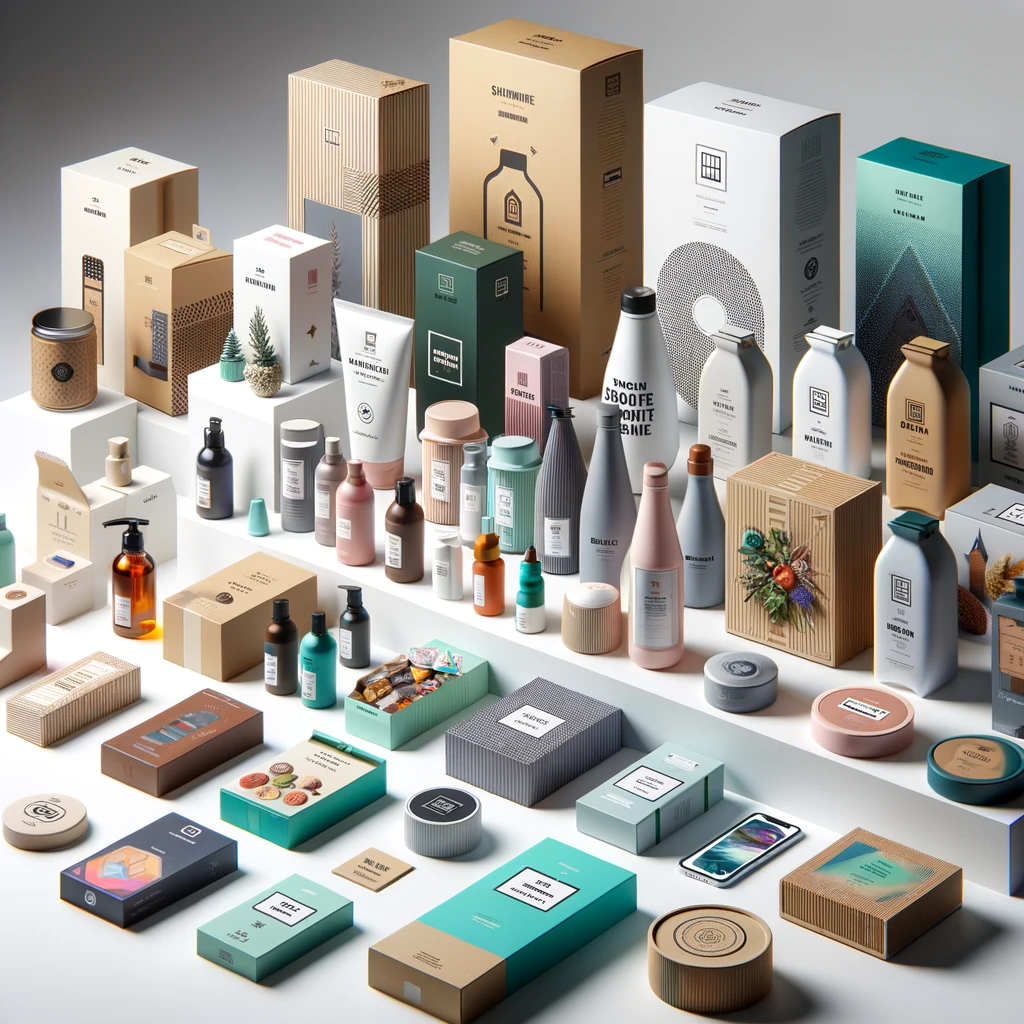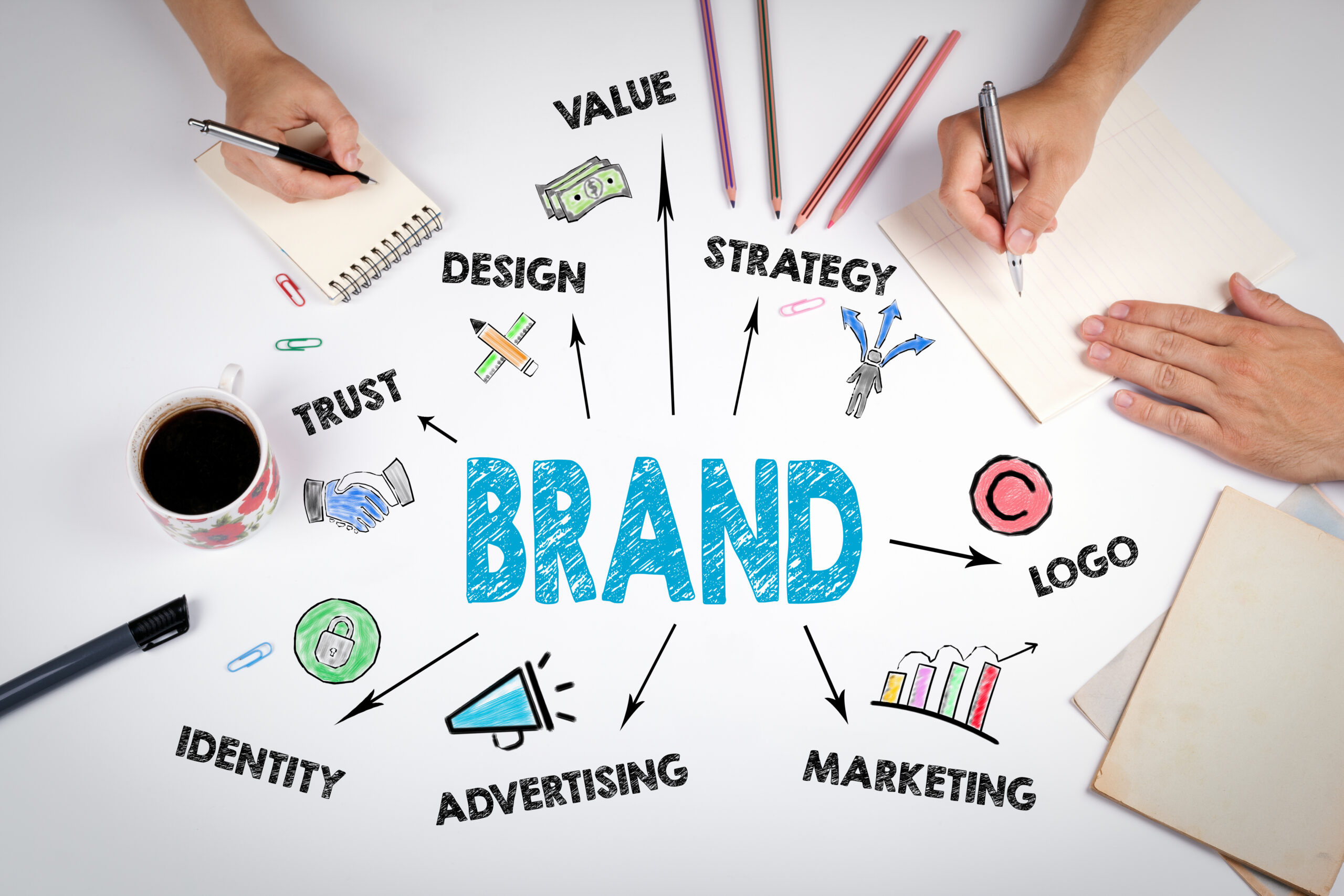Creating a new product isn’t just about having a groundbreaking idea or an innovative design; it’s also about how you introduce and establish the product in the market. A successful product debut demands a well-crafted branding strategy that resonates with the audience and leaves a lasting impression. This deep dive into branding design will explore how the right approach can turn a mere concept into an iconic brand.

Understanding the Essence of Your Product
Your product’s essence is the foundation upon which your branding strategy is built. Before you begin with the visual aspects of branding design, like logos and packaging, it’s crucial to understand the core of your product. What problem does it solve? Who is it for? What values and emotions do you want it to convey?
Crafting a Unique Brand Identity
A unique brand identity sets you apart from the competition. It communicates the character and values of your product in a way that is clear and compelling. To achieve this, you’ll need to consider typography, colour schemes, imagery, and messaging that align with your brand’s personality. The goal is to create a branding design that tells your product’s story in a visually appealing and cohesive manner.
Consistency is Key
Consistency in branding is what fosters recognition and trust among your customer base. When launching a new product, every touchpoint – from the product packaging to the website, advertisements, and social media posts – should consistently communicate your brand identity. A consistent branding design helps customers to easily recognize your product and reinforces your brand’s values.
Engage with Your Target Audience
A product launch is not just about presenting a new item; it’s about offering an experience that connects with your audience. Use market research to understand your target consumers’ preferences, lifestyles, and pain points. Then tailor your branding messages to engage these consumers on a personal level, fostering a community of loyal customers who relate to your brand’s ethos.
Utilise Storytelling in Your Branding
Compelling stories are at the heart of human experience, and storytelling in branding can evoke emotions and create a bond with your audience. Share the journey of your product from concept to reality, highlighting the inspiration, the challenges overcome, and the people behind the innovation. An engaging narrative woven through your branding design can elevate your product from a mere commodity to a brand with which people want to associate.
The Visual Impact of Packaging

First impressions count, and for products, this often comes in the form of packaging. The design of your packaging is a pivotal element of the overall branding strategy. It’s not just about aesthetics; effective packaging communicates the brand’s message, functions well, and stands out on the shelves. It’s one of the first tangible interactions customers have with your brand, so make sure it’s a memorable one.
Digital Presence and Online Branding
This is a total must! In today’s digital age, your product’s online presence is just as important as its physical one. Create a cohesive and user-friendly digital space that accurately reflects your brand identity. This includes a professional website, active social media profiles, and digital marketing campaigns. Digital platforms offer additional channels to tell your brand story, display your product’s benefits, and connect with customers worldwide.
Feedback and Adaptation
Once your product hits the market, listen to customer feedback and be prepared to adapt. The branding that worked at the outset may need tweaking in response to real-world reception. Constructive customer insights can guide you in refining your branding design and strategy, ensuring continued relevance and resonance with your audience.
Maintaining Momentum Post Launch
After the initial launch phase, maintain the story and conversation around your product. Continually showcase its successes, collect and share customer testimonials, and keep people updated on new developments. A lasting brand is one that continues to evolve and grow with its user base, remaining relevant and front-of-mind for years to come.
Outlasting Trends and Fads
While it’s essential to stay current, chasing every trend can lead to inconsistent branding. Great branding design transcends fads and remains true to the brand’s identity. This doesn’t mean stagnation; rather, it means evolving while maintaining the core elements that make your brand identifiable and trustworthy.
Leveraging the Power of Influencers
In an era where influencer marketing can have a significant impact, carefully select influencers that resonate with your brand values and audience to amplify your product’s reach. These influencers can provide social proof and extend the credibility of your brand to their followers, aiding in the transition from a new product to a recognized brand.
The Boosting Power of Collaborations
Collaborations should be strategic. Partnering with other brands or designers can create buzz and tap into new audiences. It’s a way to show versatility and reach without diluting your brand identity. Ensure any partnership aligns with your brand values and contributes to the narrative you’re building.
Brand design isn’t a static process but a dynamic journey that evolves with your product and the market. A successful branding design communicates more than just the features of your product; it conveys its essence and creates emotional connections. Whether you’re an established company or a startup, mastering the art of branding during a product debut is essential for transforming a concept into an icon.
By focusing on the essence of your product, crafting a unique brand identity, engaging with your audience, and adapting based on feedback, you’ll set the stage for the successful debut of a product that could become the next big thing in its field.
Remember, branding is more than a one-time effort; it’s an ongoing dialogue with your customers, a story that unfolds over time, and a reputation that’s built with every interaction.




